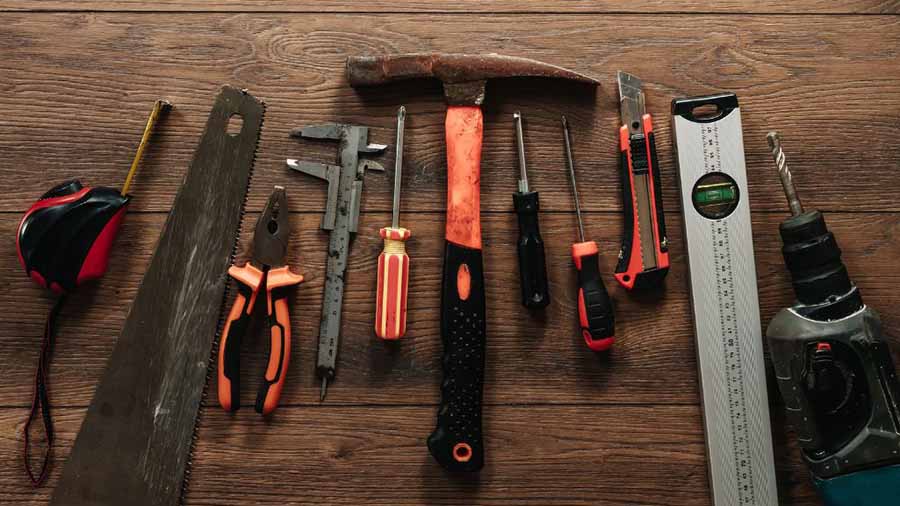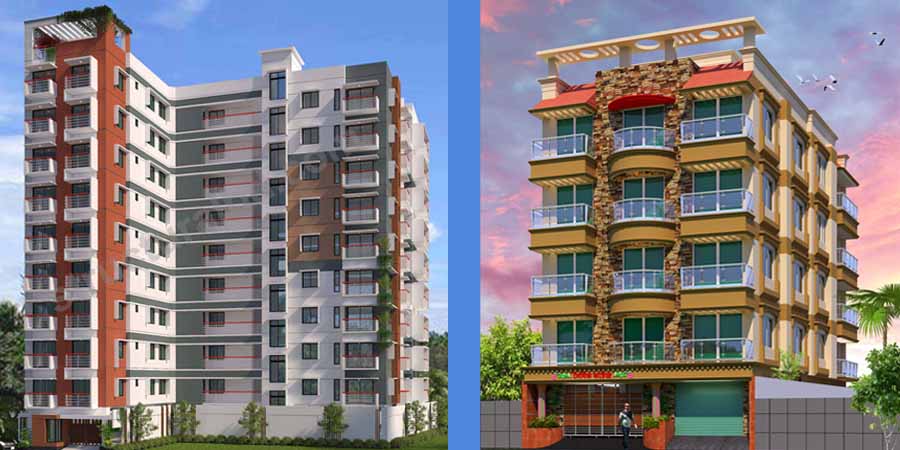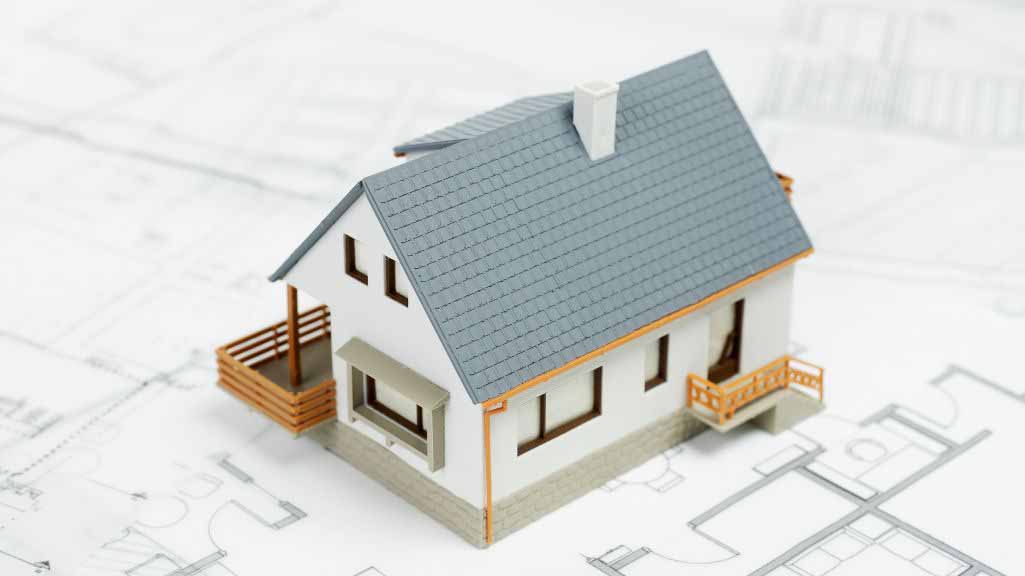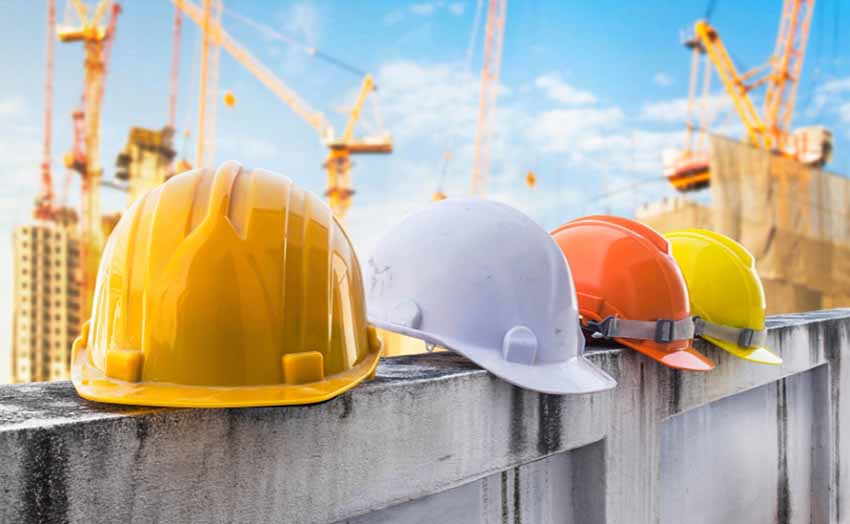
It’s appreciated that you’re interested in learning about different construction safety helmet types. It’s because choosing the wrong construction safety helmet can lead to serious accidents or injuries, as each helmet type is designed to guard against specific hazards.
For instance, workers around high-voltage areas need Class E helmets for electrical protection. On the other hand, workers who are exposed to falling debris rely on Class G or C helmets for impact resistance.
In this article, we’ll cover the most common types of safety helmets, including specialized helmets like fire and climbing types so you leave this page with zero confusion regarding the topic.
How Many Types Of Safety Helmets Are There
Here’s a list of common types of helmet in construction work with their protection and application details.
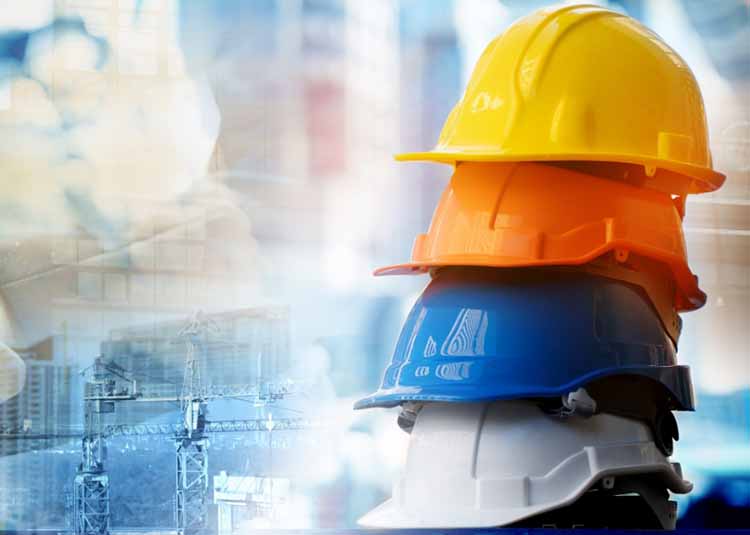
1. Class E (Electrical) Hard Hats
Class E hard hats are designed to protect wearers from high-voltage electrical risks. They offer dielectric protection up to 20,000 volts (from phase to ground).
However, this protection covers only the helmet itself, not the entire body. Utility workers and electricians usually rely on Class E hard hats like the MSA Topgard® when exposed to high-voltage environments. Class E helmets were previously called “Class B” and meet Class G standards. They add a bit more protection against impact and low-voltage situations, too.
Class G (General) Hard Hats
Class G hard hats protect against low-voltage electrical hazards. They offer dielectric shielding up to 2,200 volts (from phase to ground).
Like Class E helmets, their dielectric protection is head-specific and doesn’t cover the entire body. The MSA Skullgard, a popular example of a Class G hard hat, is widely used by iron workers and general laborers who experience low-voltage risks on-site.
Once known as “Class A” hard hats, these are among the most commonly used helmets today for general construction work. They meet both impact and electrical safety standards.
3. Conductive Hard Hats (Class C)
Class C hard hats are lightweight helmets focused on comfort and impact protection without electrical insulation.
These helmets are made from aluminum or fiberglass, which helps keep the helmet light, breathable, and comfortable for extended periods. These hard hats are ideal for environments where electrical hazards aren’t a concern but where head protection against falling objects is still necessary.
4. Full-Brim Hard Hats
Full-brim hard hats offer 360-degree protection against falling debris, rain, and sun.
Unlike standard hard hats with just a front brim, these have a brim that extends around the entire helmet. This design shields the face, neck, and ears from UV rays and other elements.
These features make the helmets a popular choice for outdoor construction work. Full-brim hard hats are also available in Class A, B, or C ratings, so you can choose the right level of protection according to the job’s requirements.
5. Bump Caps
Bump caps are a lighter form of head protection. They can offer protection against minor bumps and scrapes rather than serious impacts or falling objects.
They’re commonly used in confined or low-clearance spaces like warehouses or vehicle repair garages, where there’s a risk of bumping your head on surfaces. Unlike hard hats, bump caps don’t meet ANSI standards for impact protection. Therefore, they’re not suitable for high-risk construction sites.
However, they are often made from durable materials and may have an inner foam layer for comfort and extra protection.
6. Fire Helmets
Fire helmets protect firefighters from intense heat, flames, and falling debris.
These helmets are constructed with heat-resistant materials like fiberglass or thermoplastics, along with a wide brim that shields the neck and face. Fire helmets often include face shields or visors, neck protectors, and even flashlight mounts to aid in visibility in smoky or low-light environments.
7. Climbing Helmets
Climbing helmets are used in both recreational and industrial settings. They protect workers against falling debris and the impact of falls.
These helmets generally have an outer shell and a foam inner liner to absorb shocks. Secure chin straps ensure they stay on during climbing activities. Climbing helmets are lightweight, well-ventilated, and worn for long outdoor periods.
They also come with attachment points or clips for headlamps or other gear. In construction, workers who perform tasks at heights (e.g., on scaffolds, towers, or rocky terrains) use climbing helmets.
Things to Consider When Choosing A Construction Safety Helmet
Since various options are available, understanding key factors can help you make an informed choice that ensures safety, comfort, and compliance on the job site.

1. Job-Specific Hazards
Start by considering the specific risks present at your construction site. For tasks around electrical hazards, Class E helmets protect up to 20,000 volts. For heavy impact risks from falling debris, a sturdy, impact-resistant helmet is essential. If you’re working at heights, look for a helmet with a secure chin strap to keep it in place.
2. Helmet Fit and Comfort
A helmet that fits well and feels comfortable increases both safety and focus. Check for adjustable suspension, padding, and a snug, secure fit. Construction work can be intense and time-consuming, so a helmet that feels comfortable and doesn’t shift around will prevent distractions.
3. Durability and Material Quality
Construction sites can be tough on helmets, so you need one made from durable, high-quality materials. High-density polyethylene (HDPE) and ABS plastic offer both impact resistance and flexibility. For tasks in high-heat areas, a fiberglass helmet is more durable.
4. Visibility and Color
Visibility on a busy construction site is a must, especially around moving machinery or in low-light areas. Helmets in high-visibility colors like yellow, orange, or green help you stand out to coworkers and equipment operators. Some helmets come with reflective strips for extra visibility.
Choose a color that enhances visibility, reduces the risk of accidents, and keeps you easily spotted.
5. Certification and Compliance
Safety helmets must meet industry standards for protection. Check that the helmet complies with ANSI Z89.1 (in the U.S.) or other relevant standards to ensure it’s been tested for impact, penetration, and electrical hazards. Certification ensures that your helmet offers the protection required in construction work.
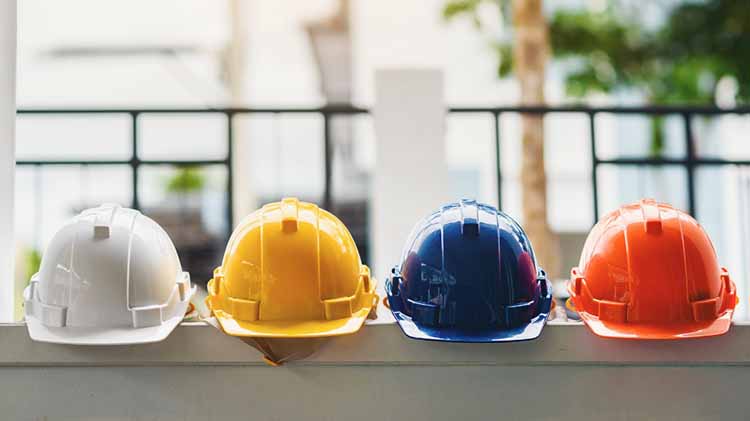
FAQs
What Are The Main Parts Of A Safety Helmet?
A construction safety helmet has several main parts. The outer shell serves as a hard layer that absorbs impact, while the suspension system includes straps and a headband. A chin strap keeps the helmet in place, and padding adds comfort and extra protection. Also, ventilation holes allow airflow to keep the wearer cool in hot conditions.
What Materials Are Used In Safety Helmets?
Safety helmets are made from high-density polyethylene (HDPE) and acrylonitrile butadiene styrene (ABS) materials, providing impact resistance and durability. Some helmets use fiberglass for high-heat environments. The suspension system consists of nylon or polyester straps, while padding may include foam or other soft materials for comfort.
Last Words
There are different construction safety helmet types, and each option is designed to protect against specific hazards, such as electrical risks, impact, or heat.
Class E, G, and C helmets, along with specialty options like fire and climbing helmets, provide targeted protection for diverse job requirements. When choosing a helmet, consider the type of protection needed, comfort, and compatibility with accessories.
